Species Earth
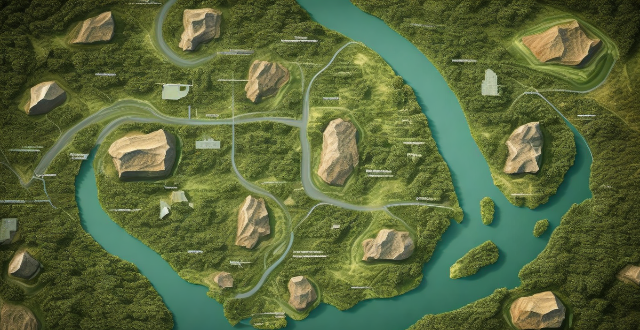
Can climate change cause extinction of certain species ?
Climate change has the potential to cause the extinction of certain species through a variety of mechanisms including rising temperatures, changes in precipitation patterns, loss of habitat, and disruption of food webs. It is essential that we take action to mitigate the effects of climate change and protect vulnerable species before it's too late.
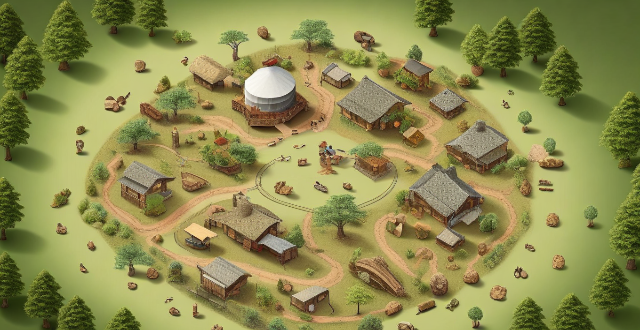
How do invasive species affect biodiversity ?
Invasive species can have a significant impact on native biodiversity, both positively and negatively. They can outcompete and replace native species, leading to changes in community structure and ecosystem function. Invasive species can also cause damage to infrastructure and human health through the spread of disease or destruction of habitats. Management strategies for invasive species include prevention measures such as quarantines and biosecurity protocols, as well as control measures such as eradication programs and habitat restoration. It is important to consider the costs and benefits of each strategy when developing a management plan.
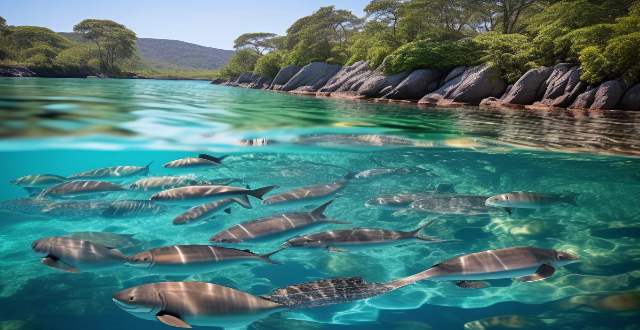
How might climate change influence the distribution and abundance of aquatic species ?
Climate change significantly impacts the distribution and abundance of aquatic species by altering water temperature, pH levels, salinity, and oxygen availability. These changes affect habitats and life cycles of aquatic organisms, causing direct and indirect effects on their survival, growth, reproduction, and community interactions. Some species show resilience through genetic adaptation or phenotypic plasticity. Proactive conservation efforts are crucial for maintaining biodiversity and ecosystem health amid climate shifts.
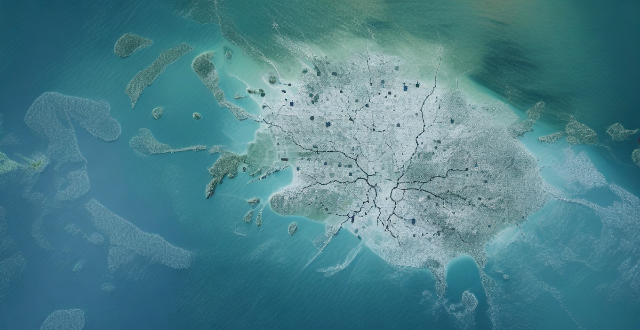
How is global warming impacting biodiversity and endangered species ?
Global warming is impacting biodiversity and endangered species through habitat loss, changes in weather patterns, and increased disease outbreaks. Habitat loss occurs as species are forced to migrate due to rising temperatures, leading to competition for resources and loss of habitats. Changes in weather patterns cause extreme events like droughts, floods, and storms, disrupting ecosystems and potentially leading to species extinction. Additionally, global warming contributes to the spread of diseases among wildlife populations, posing a threat to endangered species. It is crucial to take action to mitigate the effects of global warming and protect vulnerable populations.

What are the impacts of global warming on ecosystems and species diversity ?
Global warming, primarily caused by human activities, significantly impacts ecosystems and species diversity. These effects include habitat loss, altered species interactions, the spread of invasive species, disease proliferation, ocean acidification, melting permafrost, changes in fire regimes, water stress, sea level rise, coral bleaching, increased extinction risk, shifting ranges, population declines, adaptation challenges, loss of genetic diversity, behavioral changes, phenological shifts, reproductive challenges, physiological stress, and disrupted mutualisms. Addressing these issues requires immediate action to reduce greenhouse gas emissions and adapt to the changing climate.

How do invasive species interact with climate change to threaten native biodiversity ?
Invasive species and climate change pose significant threats to native biodiversity by exacerbating range expansion, altering competition, increasing predation pressure, degrading habitats, facilitating disease transmission, disrupting mutualisms, having synergistic effects, depleting resources, displacing keystone species, and reducing ecosystem resilience. Integrated management strategies are crucial for mitigating these threats and include habitat restoration, invasive species control, protection of keystone species, and conservation of diverse genetic pools within native species to enhance their adaptability.

How should we prioritize the protection of endangered species and ecosystems ?
The protection of endangered species and ecosystems is a critical issue that requires immediate attention. Here are some strategies we can employ to prioritize their protection: 1. Conduct comprehensive surveys and studies to identify and understand the current state of endangered species and ecosystems. 2. Develop effective legislation and policies, such as establishing protected areas, regulating hunting and fishing, and promoting sustainable development. 3. Raise public awareness and involvement through education programs, community involvement, and media campaigns. 4. Collaborate internationally by signing international agreements, sharing knowledge and resources, and coordinating conservation efforts. By taking these steps, we can work towards ensuring the survival of our planet's diverse flora and fauna for future generations.
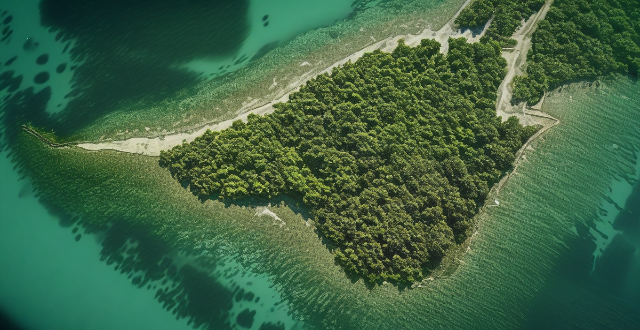
What is the relationship between climate change and loss of habitat for endangered species ?
Climate change is causing significant changes in ecosystems around the world, leading to the loss of habitat for endangered species. Rising temperatures, changing precipitation patterns, sea level rise, and extreme weather events are all factors that contribute to this loss. Endangered species are particularly vulnerable to these changes due to their small populations and limited ranges. Examples of endangered species affected by climate change include polar bears, giant pandas, leatherback turtles, and amphibians. It is essential that we take action to protect these species and their habitats, including reducing greenhouse gas emissions, conserving natural habitats, and developing adaptation strategies.
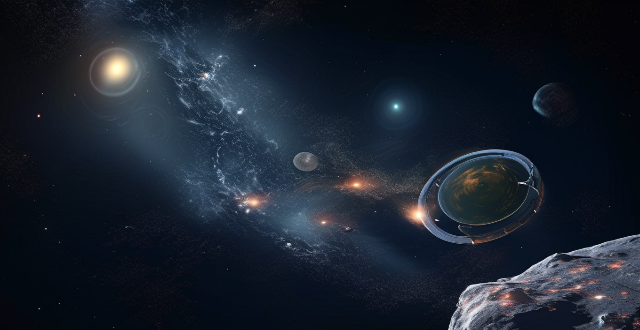
How will commercial space tourism change the way we view Earth and space ?
The advent of commercial space tourism is set to revolutionize our understanding of both Earth and space by making space travel more accessible. It allows us to view our planet from a different perspective, fostering a greater sense of global awareness and interconnectedness, as well as an appreciation for the fragility and beauty of our planet. Additionally, it provides the opportunity for people to experience space firsthand, leading to a deeper understanding of the challenges and opportunities presented by space exploration, renewed interest in science and technology, and increased demand for education in STEM fields. Overall, commercial space tourism has the potential to change the way we view Earth and space by providing unique perspectives and experiences that can help us better appreciate our planet and expand our understanding of the universe beyond.

What role do protected areas play in maintaining biodiversity ?
The article discusses the importance of protected areas in maintaining biodiversity, highlighting their roles in habitat preservation, species protection, and ecosystem services. It also addresses the challenges of effective management, connectivity, and global cooperation for conservation efforts. The text emphasizes that protected areas are essential for safeguarding endangered species, supporting ecological processes, and mitigating climate change, but their success depends on balanced management, sufficient resources, and international collaboration.

What is the significance of genetic diversity within biodiversity ?
Genetic diversity is a vital component of biodiversity, playing a crucial role in ecosystem health and stability. It enables species to adapt to environmental changes, resist diseases, contribute to ecosystem functioning, support food security, and provide medicinal plants. However, threats such as habitat loss, overexploitation, climate change, introduced species, and pollution pose significant risks to genetic diversity. Conservation efforts must prioritize the protection and restoration of genetic diversity to ensure the long-term survival of species and ecosystems.

What is the relationship between biodiversity and ecosystem services ?
The text discusses the relationship between biodiversity and ecosystem services, emphasizing that biodiversity is crucial for maintaining the health and functionality of ecosystems. It highlights that diverse species contribute to ecological processes, and many ecosystem services rely on specific species or groups. High biodiversity can lead to more resilient ecosystems, while its loss can diminish these services. The text suggests that conservation efforts can enhance both biodiversity and ecosystem services, underlining the importance of recognizing and protecting this relationship for human well-being.
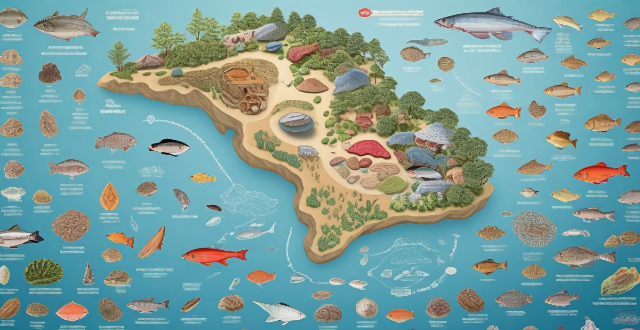
How does climate change affect biodiversity ?
This article explores how climate change affects biodiversity by altering ecosystems, species distribution, and genetic diversity. It discusses the impact of rising temperatures on habitat loss and altered precipitation patterns, ocean acidification on coral reefs and phytoplankton communities, and extreme weather events on fires and storms. The article also highlights the loss of genetic diversity due to reduced resilience and functional homogeneity in ecosystems, as well as inbreeding depression and genetic bottlenecks in species. Addressing climate change is essential for conserving biodiversity and maintaining healthy ecosystems.
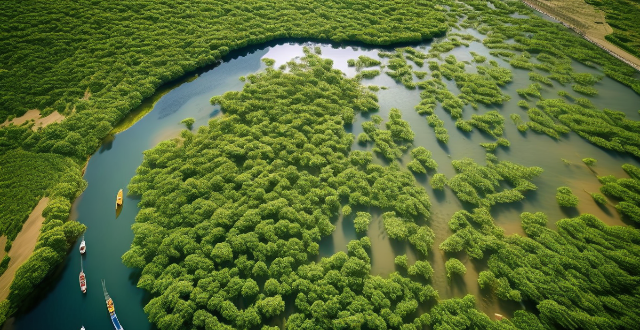
How does biodiversity affect ecosystem services ?
Biodiversity plays a vital role in ecosystem services, including provisioning (like food and water), regulating (climate and flood control), cultural (recreational and spiritual enrichment), and supporting services (soil formation and nutrient cycling). Diverse plant species ensure resilience against pests and diseases, reducing the need for chemical interventions. Wetlands with varied vegetation types can more effectively filter pollutants from water than those with limited plant diversity. Different plant species play roles in carbon sequestration through photosynthesis, leading to more efficient carbon uptake and storage. Biodiversity can help regulate diseases by reducing the likelihood of pathogen spread. Diverse environments like coral reefs or tropical rainforests offer richer experiences for activities such as diving, hiking, and birdwatching. A variety of organisms, including bacteria, fungi, and earthworms, contribute to soil formation and maintenance, which is essential for plant growth. Different species have specialized roles in the cycling of nutrients. High biodiversity means functions can be performed by multiple species, providing a safety net if one species fails. Conservation efforts aimed at protecting and restoring biodiversity are vital for the sustained health of our planet's ecosystems.
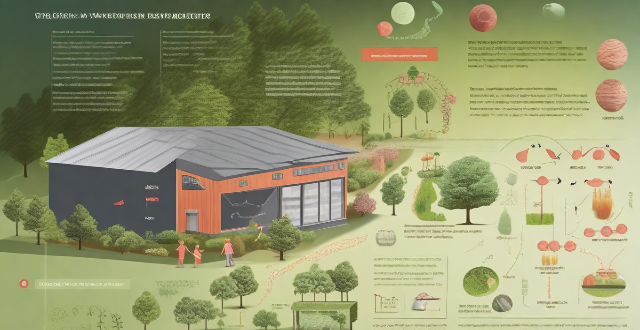
What are the causes of the greenhouse effect ?
In this article, we explore the natural and human-intensified causes of the greenhouse effect and its potential consequences. The greenhouse effect is a process where certain atmospheric gases trap heat from the sun, warming the Earth's surface. Human activities such as burning fossil fuels, deforestation, and agricultural practices have increased the levels of these gases, leading to an intensified greenhouse effect and contributing to global warming. The consequences of an intensified greenhouse effect include rising temperatures, melting ice caps and glaciers, extreme weather events, ecosystem disruption, and impacts on human health. To address these challenges, collective action is needed to reduce greenhouse gas emissions and transition to sustainable practices.

What are the consequences of climate change for wildlife and ecosystems ?
Climate change has significant consequences for wildlife and ecosystems, including habitat loss, changes in species distribution, impacts on biodiversity, altered ecological processes, invasive species spread, pest outbreaks, and human health risks. It is crucial to take action to mitigate these impacts by reducing greenhouse gas emissions and implementing conservation measures.

What are the impacts of climate change on tree species diversity in forests ?
Climate change significantly impacts tree species diversity in forests through altered growth and reproduction patterns, range shifts, disturbance regimes, direct physiological effects, and changes in ecosystem services. These impacts not only affect the health and structure of forests but also have broader ecological and societal implications.

What kind of experiences can one expect during a space travel journey ?
Space travel is a unique and extraordinary experience that allows individuals to explore beyond Earth's atmosphere. The journey includes extensive training, health check-ups, the thrill of liftoff, weightlessness, viewing Earth from a different perspective, scientific experiments in microgravity conditions, and a safe return to Earth. It offers unforgettable experiences that leave a lasting impression on those who embark on it.